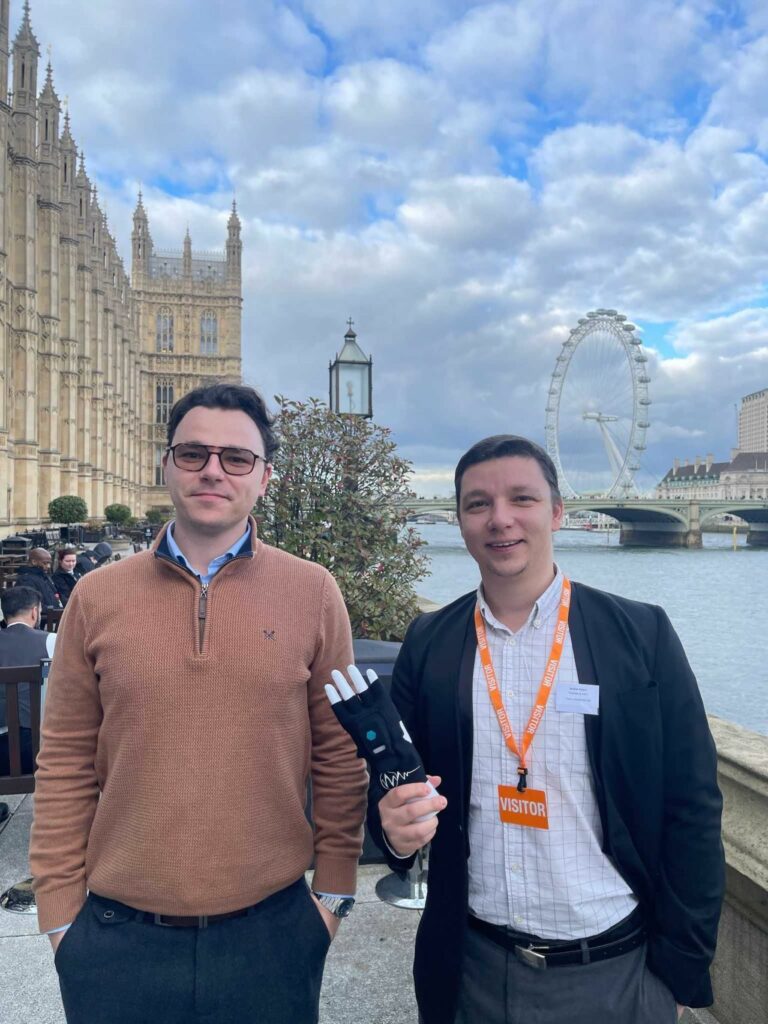 Following the publication of the Higher Education Policy Institute’s recent paper The Comprehensive University: An Alternative to Social Stratification by Academic Selection authored by Prof Tim Blackman, University Alliance Chief Executive Maddalaine Ansell has written for Research Fortnight’s HE publication responding to its proposals.
Following the publication of the Higher Education Policy Institute’s recent paper The Comprehensive University: An Alternative to Social Stratification by Academic Selection authored by Prof Tim Blackman, University Alliance Chief Executive Maddalaine Ansell has written for Research Fortnight’s HE publication responding to its proposals.
The text of the article, published by Research Professional, is below in full:
Wicked problem. Good solution?
The challenge of access to higher education in our deeply unequal society is a classic wicked problem; however you try to solve it, you come across competing ideas of fairness and incentives that drive in different directions.
How do you judge between the bright, hard-working child who achieved excellent A-level results with the support of the best schooling money can buy and the bright, hard-working child who might have done just as well—or even better—if they had had the same opportunity, but actually did worse? Equally, how do you design incentives to reward quality without encouraging universities to raise their entry tariffs as high as possible?
In this context, a report on ‘comprehensive’ universities published this summer by Tim Blackman, vice-chancellor of Middlesex University, for the Higher Education Policy Institute, was interesting. It made excellent arguments about the contribution an (almost) fully comprehensive university system would make not only to the creation of a more equitable society but also to an improved learning environment and the development of learning skills; particularly important in a world where most people born after 1970 won’t be able to draw their state pension until they are 68.
Blackman’s proposals are radical and, because of current higher-education policy, unworkable. But they do spark ideas that could be made flesh.
Most modern graduates will be working for around 50 years and hopefully living for longer still. They will probably change careers several times during this period and constantly develop their skills and experience, so certainly it makes no sense for the skills people have at 18 to define the rest of their lives. The social fractures revealed by the Brexit vote and its aftermath also suggest that the sooner we learn to understand each other’s experience, the better for society.
Yet the Higher Education and Research Act 2017, passed only a few months ago, refers to the need to protect institutional autonomy no less than seven times and defines this as, among other things, the freedom to determine the criteria for the admission of students. Even if the government had an appetite to go through the painful process of getting another higher-education act through both houses of parliament in order to pave the way for a comprehensive university system, there are many good reasons why higher-education institutions should be independent of government—not least to protect our democracy from demagoguery by having several repositories of power—and this isn’t something anyone should give up lightly.
Then, Blackman’s proposal of quotas for the proportion of student places that could be subject to academic selection would present various practical difficulties in responding to other elements of student choice, such as course, style of teaching and distance from home.
Finally, the comprehensive vision is in tension with the modern need for specialisation in higher education. Many degree programmes in universities focused on technical and professional education now provide highly specialised advanced training (in addition to general intellectual development), and this in turn requires specialised staff expertise, resources and facilities. These courses would not be viable for offer across a wide range of institutions in every locality, and attempting to do this would not be the best way to achieve an efficient system or the best student experience or outcomes.
Instead, there might be scope for a ‘collective comprehensive’, made up of all the universities or colleges in a region. Many students seem to prefer to study in the same region as they live (by no means always so they can live at home), and while such a collective might initially focus on access and participation, it could, over time, also create a structure through which businesses could discuss and access the regional skills and R&D that they require.
Each collective would work together to provide comprehensive information, advice and guidance about the different kinds of higher education available in the area, including higher and degree apprenticeships. This should be designed with the sole purpose of helping people make the right choice for them, rather than contributing to other agendas, even ones as worthy as getting more women into science, engineering, technology and mathematics, hitting apprenticeship targets or getting every bright, working-class, young person into a high-tariff institution.
The information would be available both online and face to face, perhaps through drop in sessions at libraries and job centres—to reach older learners—and through a joint outreach programme involving every school and college. This could build on existing initiatives, such as the Universities Heads of the Valleys Institute, involving the University of South Wales, and the Open University’s Pearl resource.
For potential students who need additional preparation before starting a higher-education course, universities and colleges within a specific region could combine resources to run joint foundation courses. These should be designed as a platform to further study at a range of institutions in the region and possibly beyond in a way not dissimilar to what the Open University does virtually, but aimed at people who prefer to study face to face. The collective could also develop a framework through which students could bank credit either to transfer to a similar course at another provider or because they want to pause their studies for a while.
This idea does, of course, run counter to an ideology that only fierce competition will drive up quality and choice. However that ideology, in the context of access and participation, is unlikely to be helpful as the competitive spirit is much more likely to drive providers to do all they can to raise entry tariffs and be rewarded through league-table places rather than to solve the prior attainment challenge.
During the passage of the higher education and research bill, University Alliance argued strongly that the Office for Students should promote collaboration as well as competition between providers. We would now encourage the new director of fair access and participation to use all the levers within his/her power to encourage universities and colleges to work together to solve this most wicked problem.
Maddalaine Ansell is Chief Executive of University Alliance



